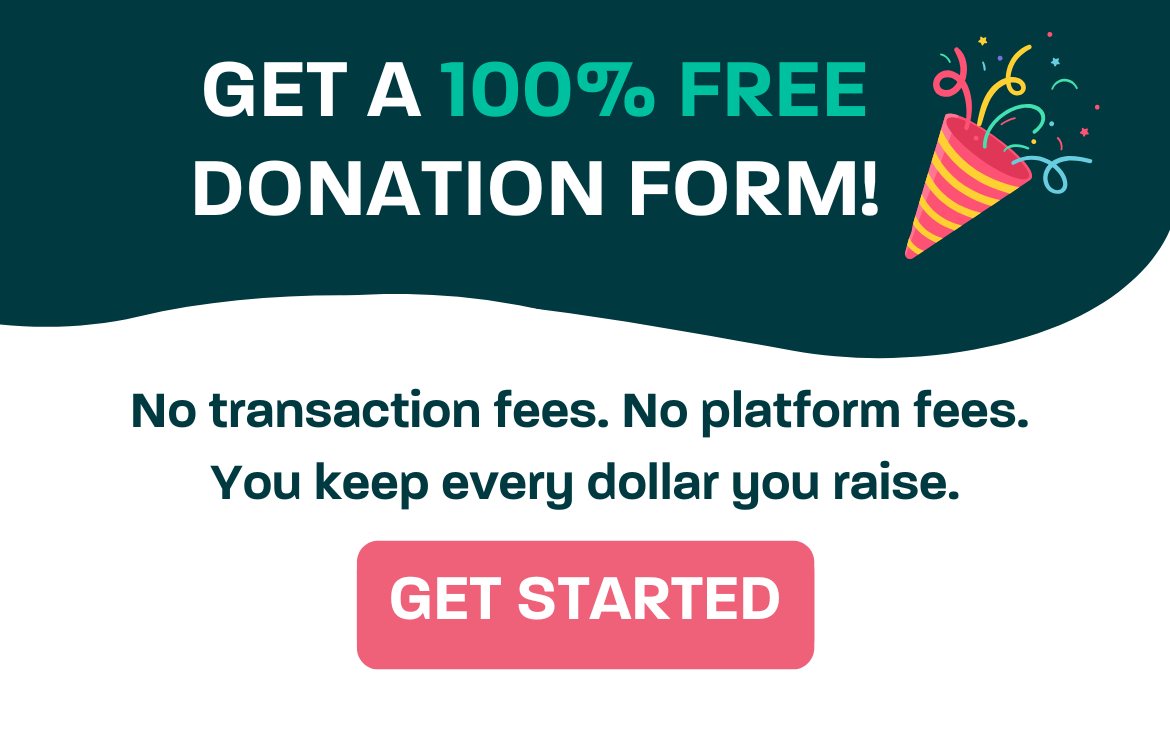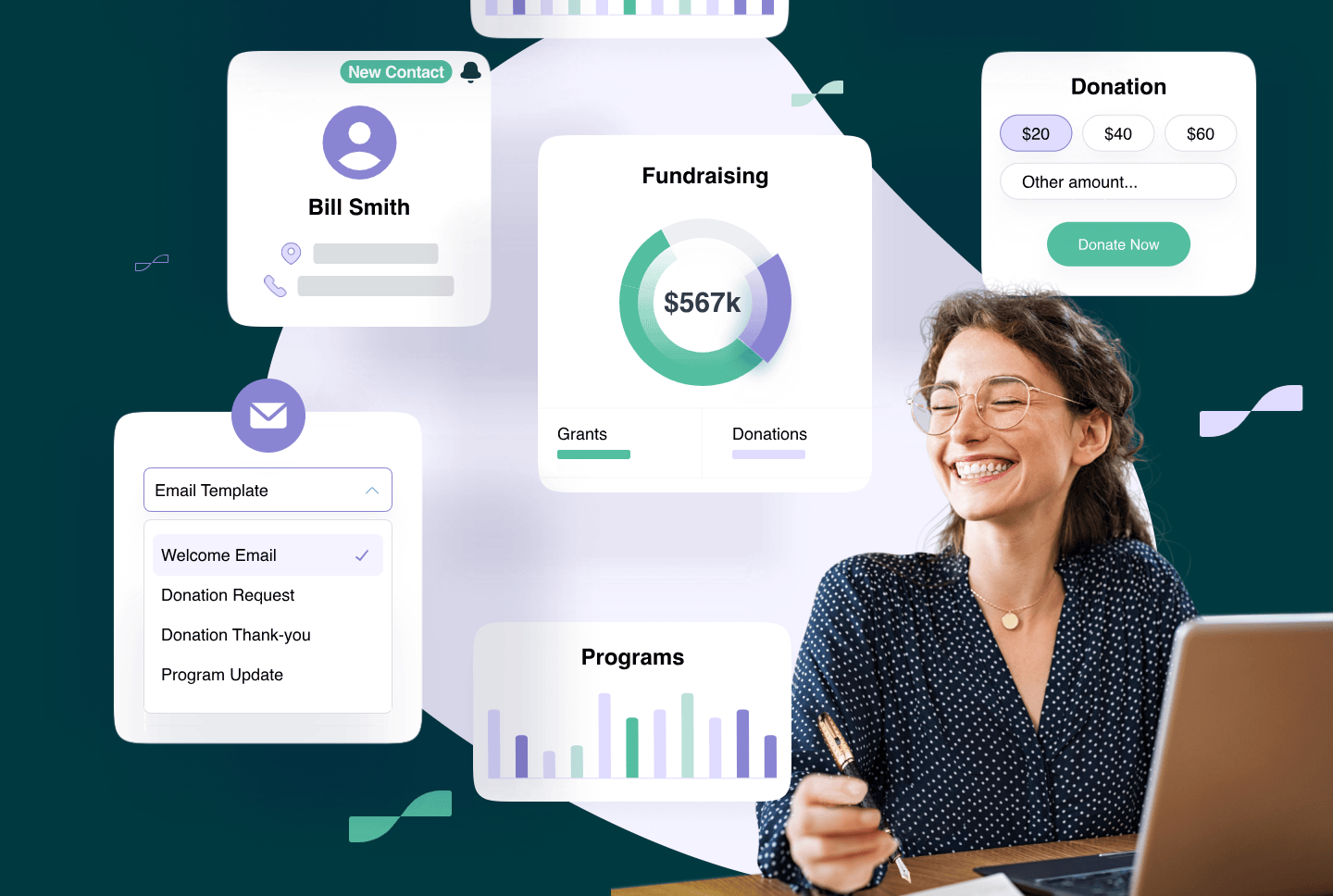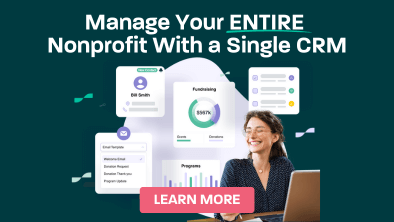
In an age where digital audiences are more skeptical than ever, persuasion isn’t just about pulling heartstrings—it’s about proving outcomes. In the nonprofit and philanthropic landscape, where trust can feel like currency, demonstrating impact is no longer optional. It’s essential. That’s where survey software enters the frame—not as a back-end analytics tool alone, but as a storytelling ally capable of showcasing real-time social proof that fuels generosity.
Social proof, the psychological phenomenon where people follow the actions of others under the assumption that those actions reflect correct behavior, is one of the most powerful forces in fundraising. When people see others donating—especially in ways that reflect urgency, authenticity, and transparency—they are far more likely to contribute themselves. But the question remains: how do you make that visible, verifiable, and continuous?
The answer lies in collecting and displaying data that doesn’t just inform internal decisions but shapes public perception. And the best survey software doesn’t just ask for feedback—it translates that feedback into compelling narratives of communal impact.
The Evolution of Proof: From Testimonials to Data-Driven Displays

Historically, nonprofits relied on static testimonials, success stories, and stylized infographics to highlight their results. These methods served their purpose but often lacked real-time responsiveness and scalability. They showcased curated wins but rarely captured the rhythm of ongoing contribution and impact.
Survey software offers a different path. By embedding feedback loops into the donation process, outreach programs, and post-event follow-ups, organizations can capture donor sentiment, satisfaction, and perception of impact almost immediately. More importantly, they can aggregate and display this data as part of live fundraising dashboards, donor walls, and even follow-up communications.
The shift from anecdotal to empirical doesn’t strip away emotion—it amplifies it with credibility. A single testimonial can be moving, but a scrolling list of 500 donors reporting they “feel more hopeful about the cause after donating” carries a different kind of weight.
According to a PowerReviews study, 95% of consumers check customer reviews before making a purchase, and 86% believe that reviews are a crucial resource when making decisions about what to buy. This highlights the importance of leveraging data and testimonials to build trust and credibility with potential donors. By showcasing real-time feedback and experiences, organizations can connect with their audience on a deeper level and inspire more meaningful engagement.
Closing the Trust Gap with Transparency
Surveys give organizations a unique opportunity to show, not tell. By collecting donor feedback on where they believe their funds are going, how satisfied they are with the donation experience, or what outcomes they expect to see, nonprofits can create a public-facing mosaic of donor intent and institutional integrity.
For example, after a fundraising campaign, an organization might deploy a survey asking donors whether they felt informed about the goals of the initiative, how likely they are to donate again, and what motivated them in the first place. With consent, these responses can be anonymized and visualized in a donation transparency hub.
This does two things: first, it reassures prospective donors that others are actively engaged and satisfied; second, it reinforces that the organization values accountability enough to show its receipts. Social proof, in this case, isn’t just about peer influence—it’s about institutional character.
Nonprofit CRM systems can then track these responses and use them to tailor future communication strategies, ensuring that donors feel valued and engaged throughout their relationship with the organization. This level of transparency and feedback can ultimately lead to increased donor retention and support for the organization’s mission.
Designing Surveys for Social Impact Visibility

Not all survey tools are created equal, and not all feedback mechanisms inspire trust. To ensure that social proof is both ethical and effective, organizations need to pay attention to three core aspects of their survey design:
- Brevity and Timing: Donors are more likely to complete a survey if it’s short and immediately relevant. Micro-surveys—one to three questions—embedded in thank-you emails or donation confirmation pages see higher engagement and yield more actionable insights.
- Emotional Framing: Questions that tap into the donor’s feelings about impact (e.g., “How did donating today make you feel?” or “Do you feel more connected to the mission?”) generate rich emotional data that can be used to tell more powerful stories.
- Consent for Visibility: Donors must be informed if their responses will be used in public-facing materials, even anonymously. The best survey software includes built-in consent toggles that make this seamless and compliant.
When designed thoughtfully, surveys become more than feedback forms—they become ethical instruments of public narrative.
Live Data as Collective Storytelling
Imagine a donation landing page where potential contributors not only see a funding progress bar, but also a dynamic feed of recent donor sentiments: “I gave because I believe in free education,” or “I’ve donated three times because this team is transparent.” These responses—pulled directly from post-donation surveys—become digital echoes of trust. They act as affirmations to those still on the fence.
What makes this approach potent is its cyclical nature. The more data collected and displayed, the more donors feel part of a living, breathing community—and the more likely they are to return, give again, or share the campaign with others. It becomes a kind of digital campfire: every testimony a spark, every response a log on the fire.
Survey software makes this possible by automating response collection, sentiment tagging, and display formatting. The best survey software options offer customization that aligns with brand tone and visual identity, while also integrating seamlessly with existing CRMs and donation platforms.
Beyond the Campaign: Continuous Feedback for Sustained Trust

One of the biggest mistakes organizations make is treating surveys as one-off tools—something to be deployed at the end of a campaign, or only during events. But trust isn’t seasonal, and neither is impact.
Using surveys on an ongoing basis helps organizations keep a pulse on donor sentiment over time. Are people becoming more optimistic or skeptical? Are they getting the follow-ups they expected? Have their motivations shifted? These insights can guide everything from communications strategy to program priorities.
Furthermore, when longitudinal survey data is displayed over time—like how donor satisfaction has increased year over year—it paints a picture of growth, learning, and commitment. This isn’t just social proof. It’s temporal proof.
The Ethics of Showing Impact
While displaying donor data can be powerful, it must be done with caution. Social proof should never feel like social pressure. Organizations need to be transparent not just in how they use donations, but in how they use voices.
That means offering opt-outs, anonymizing responses unless explicitly permitted otherwise, and ensuring that visualized data doesn’t skew toward a performative ideal. Not every donation is sentimental. Not every comment is glowing. And that’s okay. Showing the full spectrum—when responsibly curated—creates a more authentic sense of community.
It’s also essential to avoid tokenization. Survey software can make it easy to filter and display comments by demographic group, but unless this is part of a deliberate equity-centered strategy, it risks reducing people to their identifiers. Authentic representation comes from thoughtful framing, not checkbox diversity.
Survey Software as a Cultural Tool
When used intentionally, survey software does more than gather opinions—it reveals organizational culture. What kinds of questions an organization asks, how often it seeks feedback, and how visibly it acts on that data all communicate values.
Do you care what your donors think? Do you let their perspectives shape future campaigns? Do you report back in a way that credits their role in success?
If the answer is yes, then it should show. Not in boastful metrics, but in the quiet, continuous hum of a feedback loop that donors can hear and see.
Conclusion: Make Proof the Medium
Donors don’t just want to give—they want to witness. They want to know their contribution is part of something real, something unfolding, something seen. Survey software enables organizations to transform anonymous generosity into collective voice, silent contribution into visible solidarity.
In a world where attention is fractured and trust is fragile, proof is the new persuasion. The best survey software doesn’t just ask the right questions—it ensures the answers become part of the story, told in real time, with honesty, humility, and hope.


